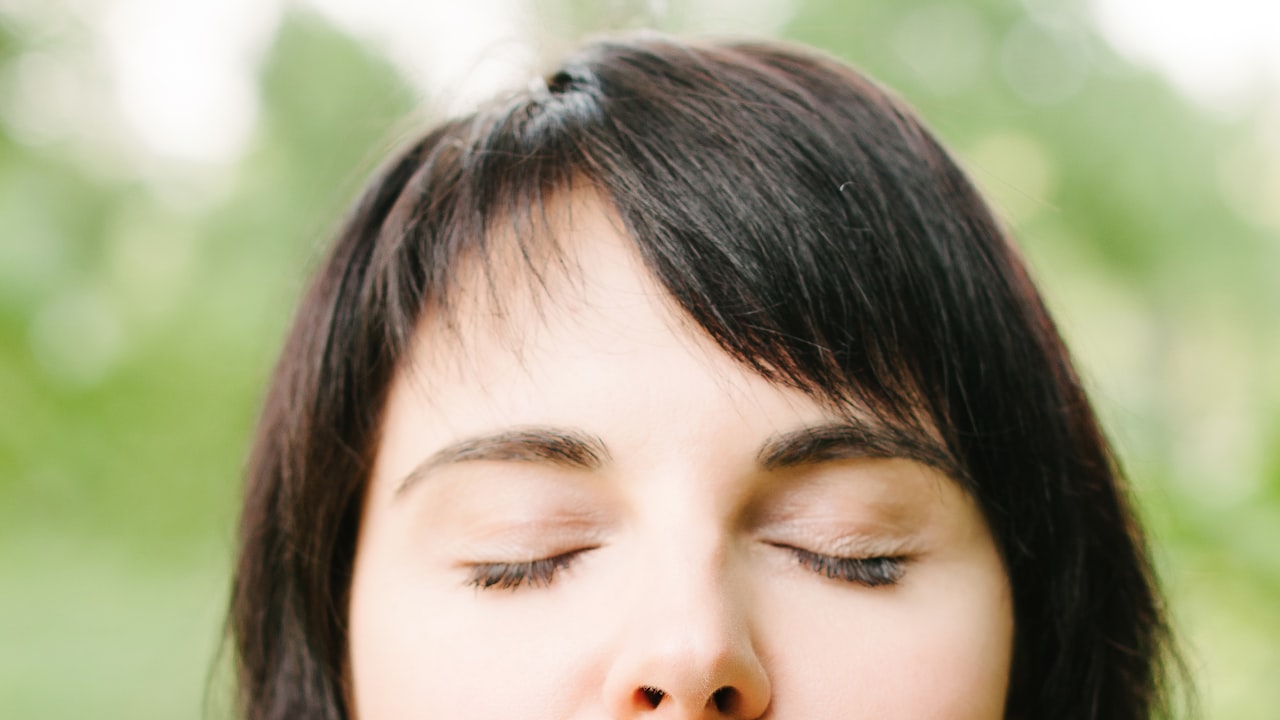Nail charms are little pieces of jewellery affixed to the tips of fingers. They dangle from the nail tip like a hoop earring or pendant from a necklace. The nail charms are another name for these decorative accents for the nails. Small crosses, flowers, shoes, butterflies, and hearts are just some of the many designs available.
Option 1:
Final layer Paint your nails with two layers of polish and wait for them to dry. Finish the manicure by covering the nails with a thick layer of top coat and applying the decorations. Apply another coat of top coat, and this time include the rhinestones.
Pro: It’s the quickest and easiest method for affixing studs and other nail embellishments.
Con: It’s not as long-lasting as the other choices, and your customer could start dropping stones the following day.
Option 2:
Glue or Resin for Nails Put a drop of adhesive on your freshly polished nail and press on your accessory. To prevent it from moving around on the nail while the glue dries, you may use an orangewood stick or tweezers to hold it in place. Use a fast-drying adhesive, like 5-Second Ultra-Fast Nail Glue. Spread adhesive top coat over each nail for maximum adhesion.
Pro: It will strengthen your stones, so they don’t easily break.
Con: Many types of glue reduce their sticking power as the product ages, and it might not be easy to work with.
Option 3:
Nail Polish with Gel Finish Applies the nail art once the second layer of gel polish has dried. Make use of UV/LED Gel. The gel’s adhesive coating will prevent your studs from sliding around. A gel top coat should be applied to the whole nail and brushed in and around the decorations and on top of them. After the first coat has dried, apply a second and let it cure.
Pro: It is an effective method for keeping bigger charms and chains in place for an extended period.
Con: Once your pieces have hardened, it isn’t easy to rearrange them, so make sure they’re in perfect alignment before curing.
Two Mistakes To Avoid While Applying Nail Charms
- The first mistake is reaching for your regular pair of nippers, the ones you use on dry skin. And then you have to break in an attempt to undo the spell, untie the knot, or dissolve the gel. This is a serious error on your part since the snips in question are highly fragile. And snippers, if you have a reliable pair that you often use on customers, are among them. And you’ll want to make sure they’re high-quality, well-sharpened, and remain that way, or else you’ll have to send them out to be sharpened professionally and lose their usefulness as a tool for exfoliating dead skin or maybe cuticle.
- The second mistake is to choose any of your data and dump it into the chart as quickly as possible. This is because your actions dull the blades and make them less effective. You won’t believe it, but these knives cut. They are also tall. As a result, you shouldn’t drool over this.
